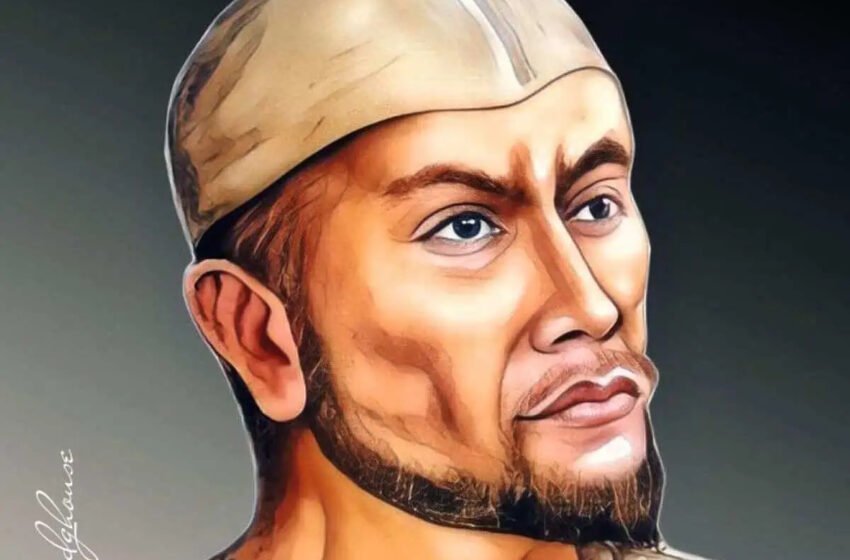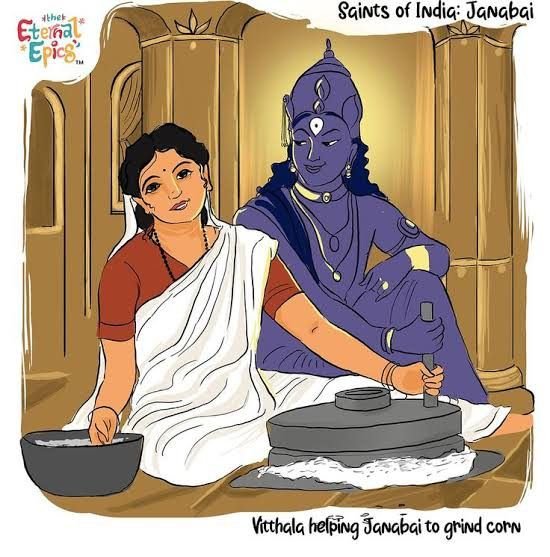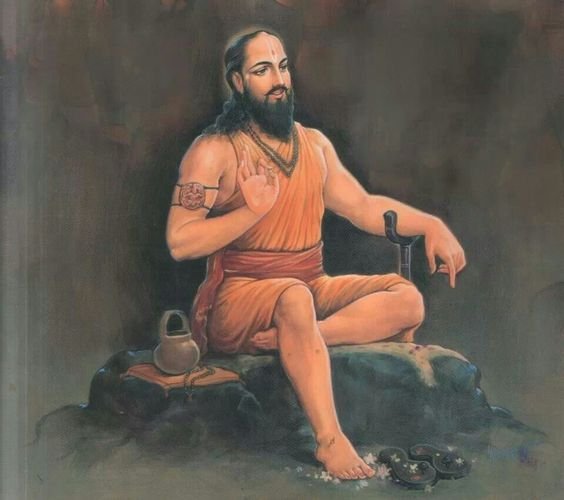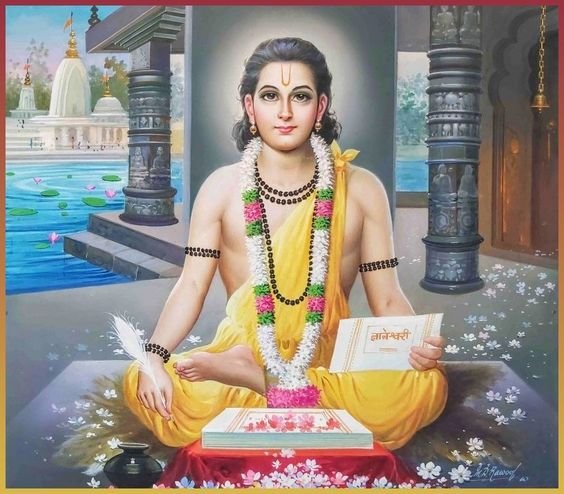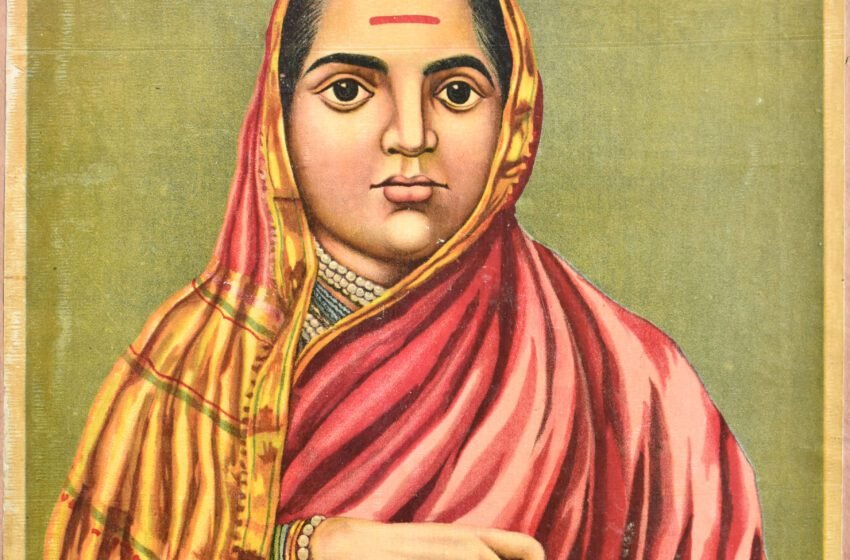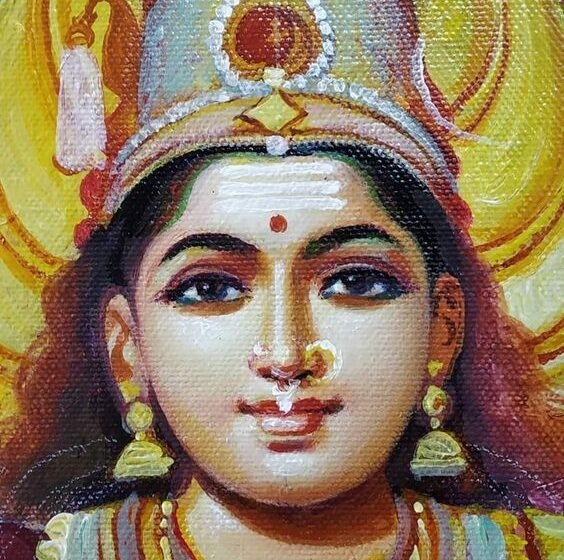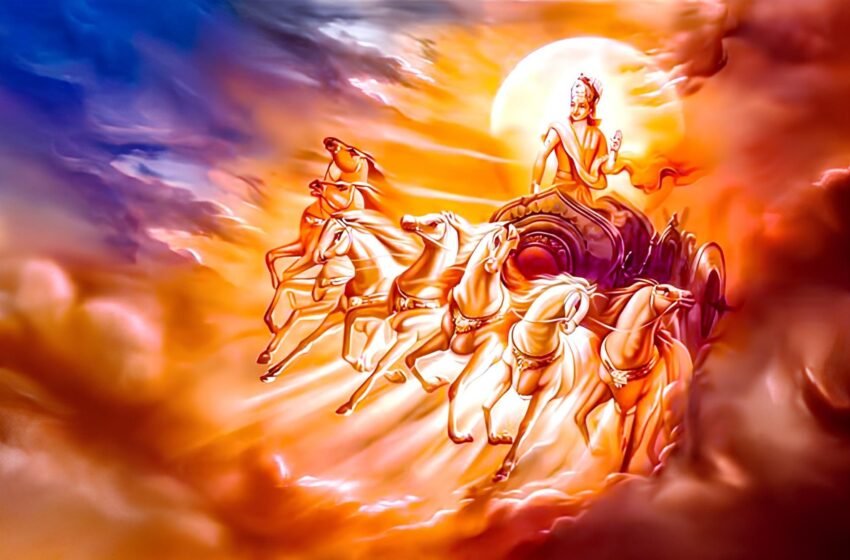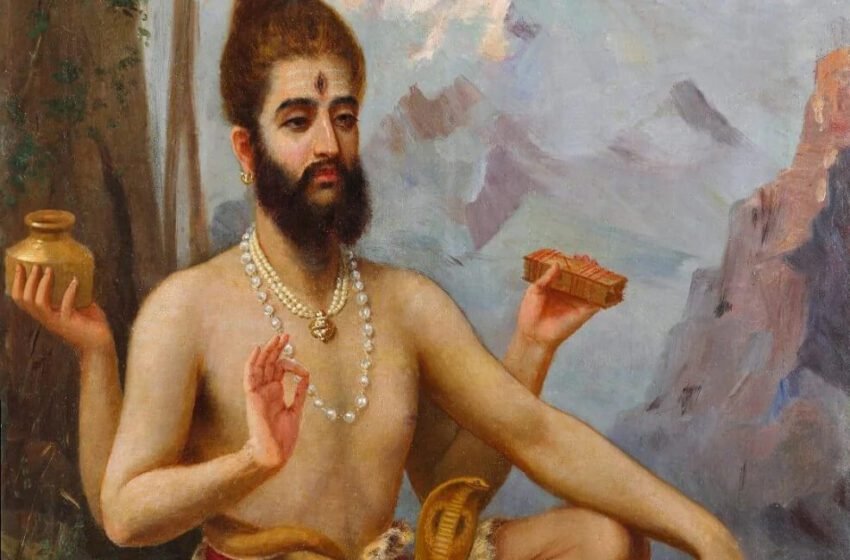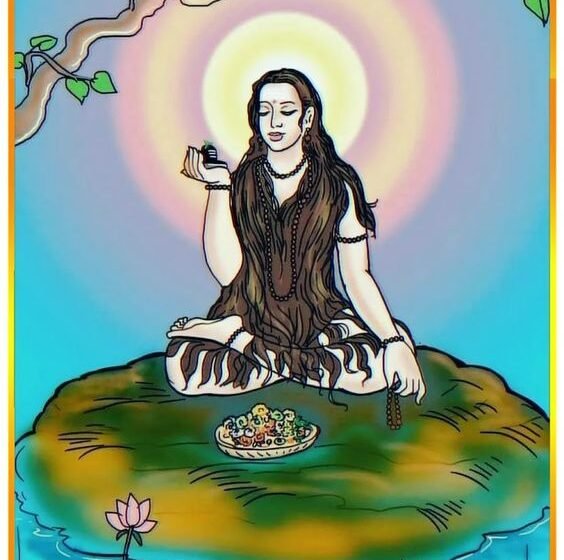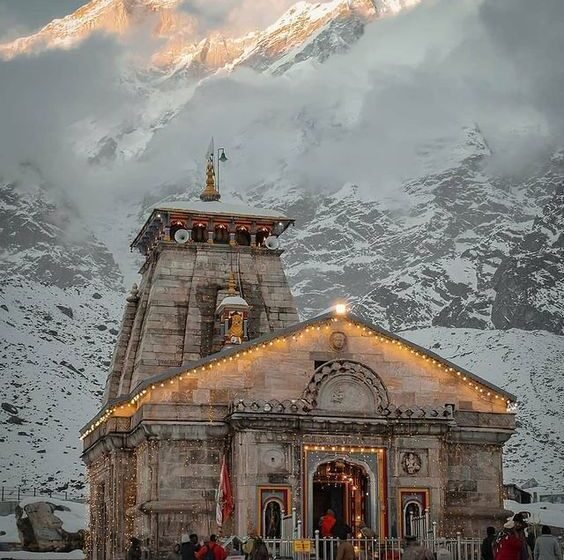Peer Ali Khan is one of the lesser-known heroes of the Revolt of 1857. His indomitable spirit was what made him a formidable opponent to British rule and their colonial policies. His life in its entirety, was an offering to the advancement of the freedom movement. And this eventually became a source of inspiration for […]Read More
Janabai: The Saint Who Broke All the Prisons of Caste
She was a Dalit on top of that a woman. She was born in an era when Dalits were not even allowed to drink from the same well let alone enter the temple. Facing the society was not easy at all. She was attacked left, right, and center. However, she broke all the prisons and […]Read More
Samarth Ramdas, also known as Ramdas Swami, emerges from the annals of history as a beacon of unwavering faith and spiritual wisdom. His life, teachings, and remarkable achievements continue to inspire generations. Let us delve into the essence of this revered saint. Born as Narayan Suryajipant Thosar around 1608 CE in the village of Jamb, […]Read More
Sant Dnyaneshwar, also known as Jnaneshwar, Dnyandev, or simply Mauli, left an indelible mark on Marathi literature and spiritual thought. Born in 1275 CE in the serene village of Apegaon, Maharashtra, his brief life of 21 years was nothing short of extraordinary. Dnyaneshwar hailed from a Deshastha Brahmin family during the reign of the Yadava […]Read More
Warrior Queen, Wise Ruler: The Enduring Legacy of Ahilyabai Holkar
There was a period when women were not allowed out of the house, it was considered a sin. The society builds a circle for women and they must follow it compulsorily. It took so many years and struggles to break the barriers that roped her life. Some women were afraid to break that barrier and […]Read More
Andal: The Quintessential Passionate Poetess, Ethereal Beauty, and Profound Female
Her intense words and poems still resonate deeply in the merrily dancing wind, the golden soil, the pristine rivers flowing freely, and the lush green forests. Her presence can be felt in any nook and corner of the state since she is ubiquitous. She is Andal – the epitome of divine and eternal love, exquisite […]Read More
The Samba Purana is a text belonging to the corpus of Hindu Puranic literature, the Upapuranas. This Purana, named after Samba, the son of Lord Krishna, contains several religious practices, mythologies, and teachings that revolve around the devotion of Samba and the worship of the sun god, Surya. This paper researches in exactitude the Samba […]Read More
Unveiling the Mysteries of the Sivadharma Purana: A Journey into
The Sivadharma Purana is one of the cardinal scriptures of the Hindu tradition. This scripture describes the worship and teaching, which concentrate on the Supreme Being, Lord Shiva. In this paper, there will be a detailed description from this Purana of the history, mythological, and philosophical tenets that will go as far as its influence […]Read More
Akka Mahadevi: The Fearless Mystic Poetess Who Revolutionized Bhakti Movement
Akka Mahadevi is a revered poet-saint of the Bhakti movement in the history of Karnataka and Kannada literature for her devotion and vachanas. She is celebrated as one of the earliest pioneers of female devotion. ‘Akka’ is an endearment meaning elder sister, bestowed upon her by esteemed saints like Basavanna, Siddharama and Allamaprabhu underscoring her […]Read More
Kedarnath Jyotirlinga: A Pilgrimage to the Heart of the Himalayas
If there is one Jyotirlingam that every young Indian definitely wants to travel to, it is the Kedarnath Jyotirlingam. The picturesque snow- covered mountain, the thrilling trek, the lakes, gorges, and in the end, the darshan of the divine marks a complete spiritual adventure. There are places you wish to travel solo, there are places […]Read More
